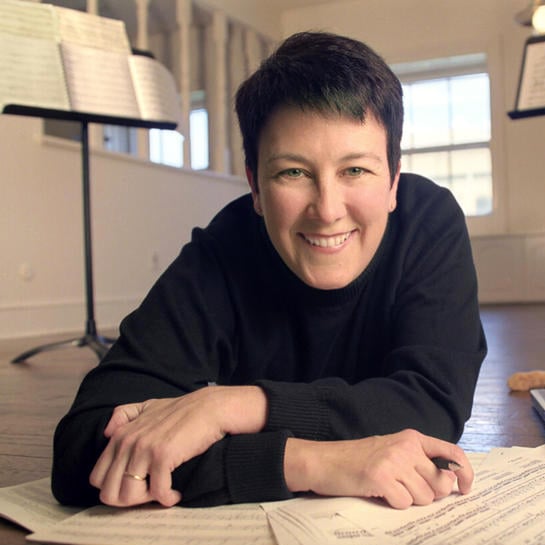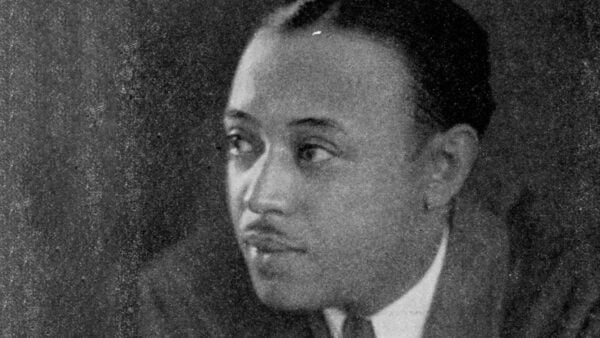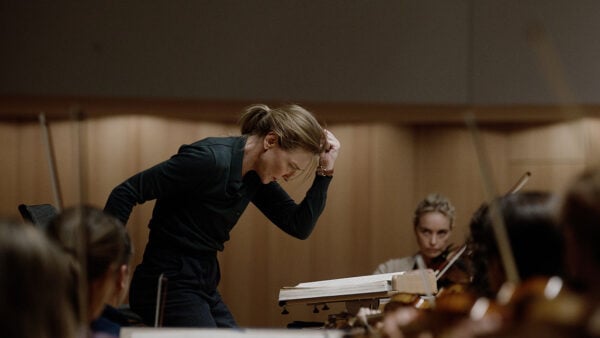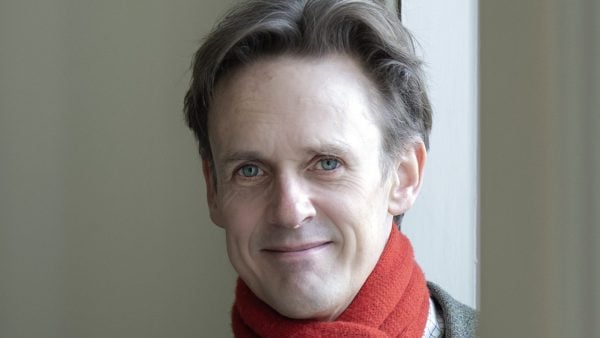
Composer and conductor Tania León conducting the Thailand Philharmonic Orchestra in July 2015 (Photo: Nantapipat Vutthisak and Natthapong Sirisit)
American orchestras have taken some steps to represent women composers, but that there is still a long way to go. So says a newly-released study by Women’s Philharmonic Advocacy (WPA). This non-profit organization, which promotes the performance of works by women composers, analyzed the subscription series of 2019-20 seasons of the 21 American orchestras with the highest operating budgets.
Here were the two main findings of WPA’s research for the 2019-20 season:
- 19% of composers featured will be women — 53 women composers out of 277 total across the 21 sampled orchestras
- 8% of works that will be performed are composed by women — 79 works by women out of 927 works total programmed by the 21 sampled orchestras
These numbers both represent an increase from previous years. As WPA points out, all 21 orchestras have included at least one work by a woman in their 2019-20 season. The same could not be said for 2018-19, in which four orchestras (Chicago, Dallas, Pittsburgh, and Houston) did not present a single work by a woman composer in their flagship series. This uptick may suggest that orchestras are slowly but surely expanding the presence of women composers in their programming.
One particular example captures an orchestra in the first stages of incorporating women composers. On January 31, 2018, the Philadelphia Orchestra announced their 2018-19 season. The season did not feature a single work by a woman composer. A June 2018 NPR article acknowledged the composer gender gap present in Philadelphia and other orchestras, and national criticism of the Philadelphia Orchestra ensued.

Jennifer Higdon
As part of this coverage, Philly-based and Grammy-winning composer Jennifer Higdon explained that “there is an assumption being made by the people doing the scheduling that there’s no way that the music [by women] can be equal assumption to what they’ve been programming all along, and I think that’s an incredibly incorrect assumption to make… There’s incredible music being written that is not showing up on orchestral stages.”
In August 2018, the orchestra announced a number of additions to their 2018-19 season, including two works by women composers and a number of additional women guest artists and conductors.
In September 2018, the orchestra went even further, unveiling a number of diversity-boosting programs such as new commissions by women composers (including Melody Eötvös, Hilary Purrington, Chen-Hui Jen, Robin Holcomb, Xi Wang, and Nina C. Young), a commitment to programming works by women in at least half of their subscription programs, and the Philadelphia Orchestra Mentor Composer Project, which will pair emerging women composers with mentor composers to write new works for the orchestra’s future seasons.
A few short months after being maligned for their programming, the Philadelphia Orchestra had created new initiatives and revised their 2018-19 to include greater gender diversity. One year later, they have continued along this trajectory. They now lead the field, having programmed more works by women in their 2019-20 season than any of the 21 other orchestras. Over the span of just 9 months, Philadelphia went from being one of the least representative orchestras of women composers to being the most.
Philadelphia is but one orchestra, but their emergent commitment to both programming and supporting women composers could serve as a roadmap for peer organizations. “Every Philadelphia Orchestra season should be representative of the diverse, global communities we serve…” stated the orchestra’s music director Yannick Nézet-Séguin in a September 2018 statement. “I am delighted… to breathe new life into what we do on stage, and to inspire members of our audience to always see a place for themselves in our work.”







